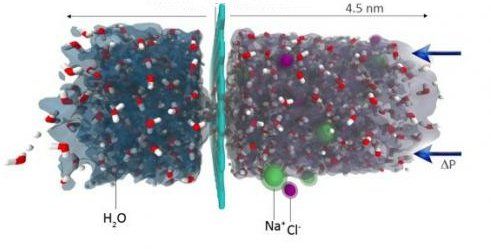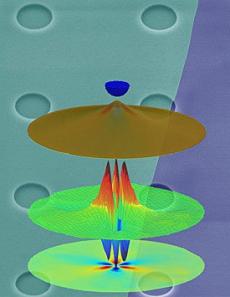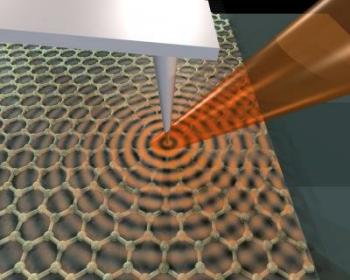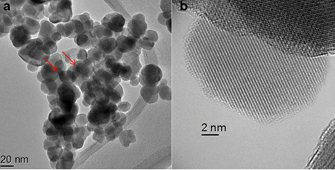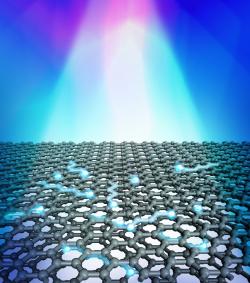Graphene used to enhance Nickel-Iron batteries
Nickel-Iron batteries (invented by Thomas Edison more then 100 years ago) are very durable but suffer from very slow charge and discharge times. They are used today mostly to store power from wind and solar devices.
Now we hear that researchers from Standford University managed to increase the charge/dischage rate by nearly a 1,000 times - by adding Graphene to the Nickel-Iron mix. In fact, the batteries they developed can be fully charged in two minutes, and dischaged in less than 30 seconds.
